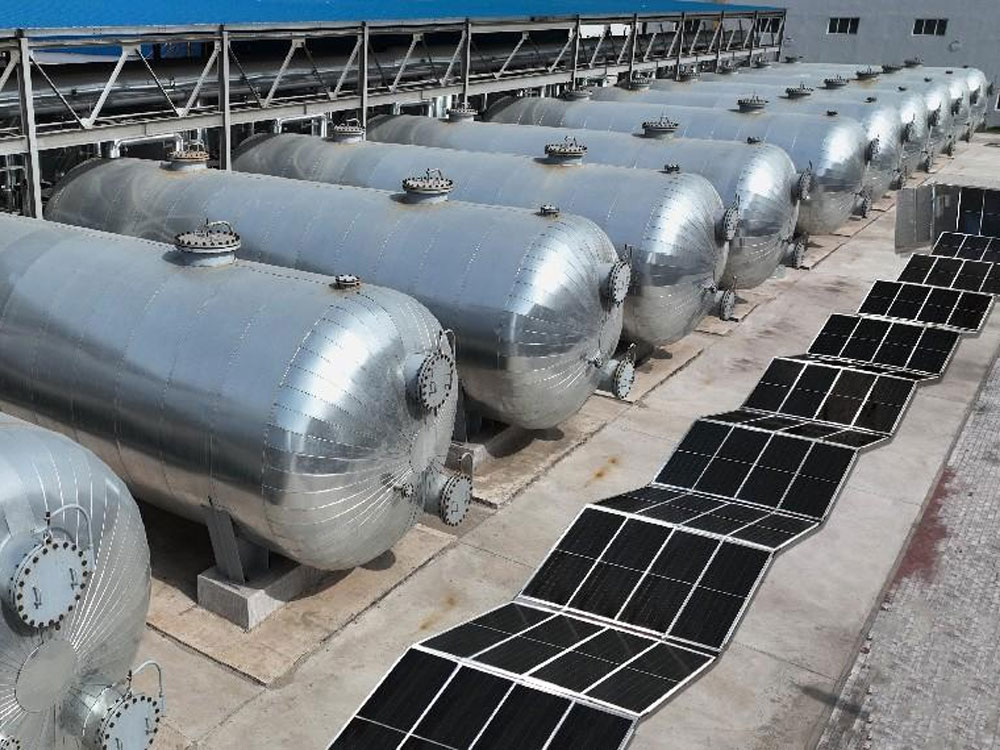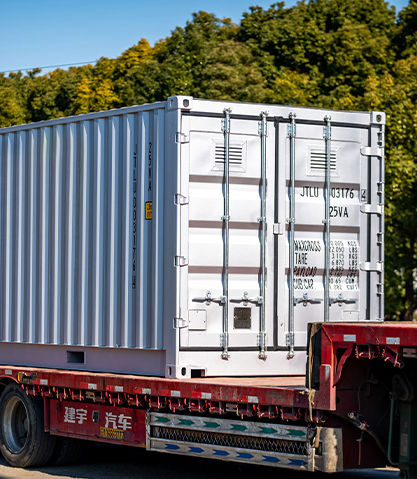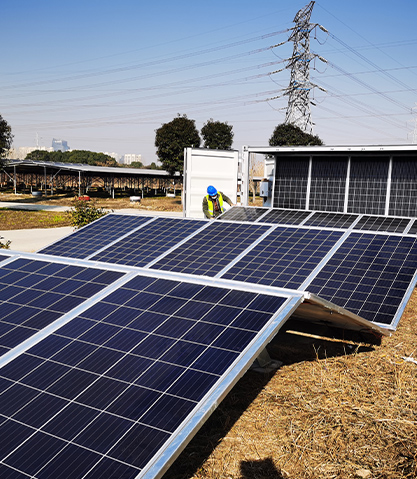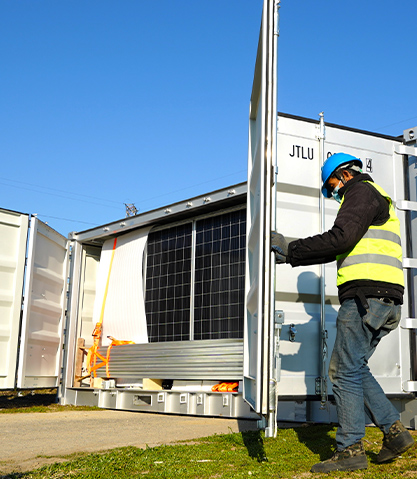The transition toward renewable energy is reshaping how the world generates and consumes power. Among the various green technologies, photovoltaic (PV) solutions stand out as one of the most effective and scalable methods for producing clean electricity. A photovoltaic solution refers to a complete system that converts sunlight directly into electrical energy, offering sustainable, efficient, and environmentally responsible power generation.
Content
1. Core Principle of Photovoltaic Solutions
At the heart of every photovoltaic solution lies the solar module, made up of multiple photovoltaic cells—most commonly silicon-based. When sunlight hits the surface of these cells, photons excite electrons, creating an electric current through the photovoltaic effect.
- The generated electricity is direct current (DC), which is then converted into alternating current (AC) by an inverter to match grid and household power requirements.
- This simple yet powerful mechanism enables continuous energy production wherever sunlight is available.
2. Key Components of a Photovoltaic System
A modern photovoltaic solution is not limited to solar panels alone—it is an integrated system designed for efficiency and reliability. Common components include:
- Solar Modules: Capture sunlight and convert it into DC electricity.
- Inverter: Converts DC to AC power for everyday use.
- Mounting Structures: Secure panels at the optimal tilt and orientation.
- Energy Storage Systems: Store excess power in batteries for nighttime or cloudy periods.
- Monitoring Software: Tracks energy production, detects faults, and optimizes performance in real time.
With intelligent monitoring and automation technologies, today’s PV systems offer improved stability, predictive maintenance, and long-term operational efficiency.
3. Environmental and Economic Advantages
One of the greatest strengths of photovoltaic solutions lies in their sustainability and cost-effectiveness.
- Zero Emissions: Solar power generation produces no greenhouse gases during operation, significantly reducing environmental impact.
- Long Lifespan: Most solar modules operate efficiently for over 25 years with minimal maintenance.
- Cost Savings: Once installed, PV systems greatly reduce or even eliminate electricity bills.
- Energy Independence: Users can generate their own power, protecting themselves from fluctuating energy prices and supply instability.
In addition, global governments and organizations often support PV adoption through tax incentives, feed-in tariffs, and renewable energy subsidies, further lowering installation costs and promoting widespread use.

4. Wide Applications Across Industries
Photovoltaic solutions can be tailored to various environments and energy demands:
- Residential: Rooftop solar systems for homes reduce utility costs and support sustainable living.
- Commercial: Businesses use PV systems to power offices, lighting, and HVAC equipment.
- Industrial: Manufacturing plants and warehouses utilize solar power to reduce operational expenses and carbon emissions.
- Utility-Scale Projects: Large solar farms contribute to national power grids and support long-term renewable energy goals.
- Off-Grid and Hybrid Systems: Ideal for remote areas, combining PV with battery storage or diesel generators to provide stable, round-the-clock electricity.
5. Future Outlook and Technological Progress
The future of photovoltaic solutions looks increasingly promising with continued innovation:
- High-Efficiency Solar Cells: Development of bifacial, heterojunction, and perovskite cells is raising conversion efficiency to new levels.
- Energy Storage Integration: Advances in lithium-ion and solid-state batteries are enhancing energy reliability.
- Smart Grid Compatibility: Digital control systems enable PV installations to interact seamlessly with modern grid infrastructure.
As nations pursue carbon neutrality and energy diversification, photovoltaic technology will play a central role in achieving global sustainability targets.
Conclusion
A photovoltaic solution represents far more than a collection of solar panels—it is a comprehensive energy strategy that merges technology, economics, and environmental responsibility. By converting abundant sunlight into dependable power, photovoltaic systems are driving the world toward a cleaner, more resilient, and energy-efficient future.

 English
English 中文简体
中文简体 عربى
عربى



